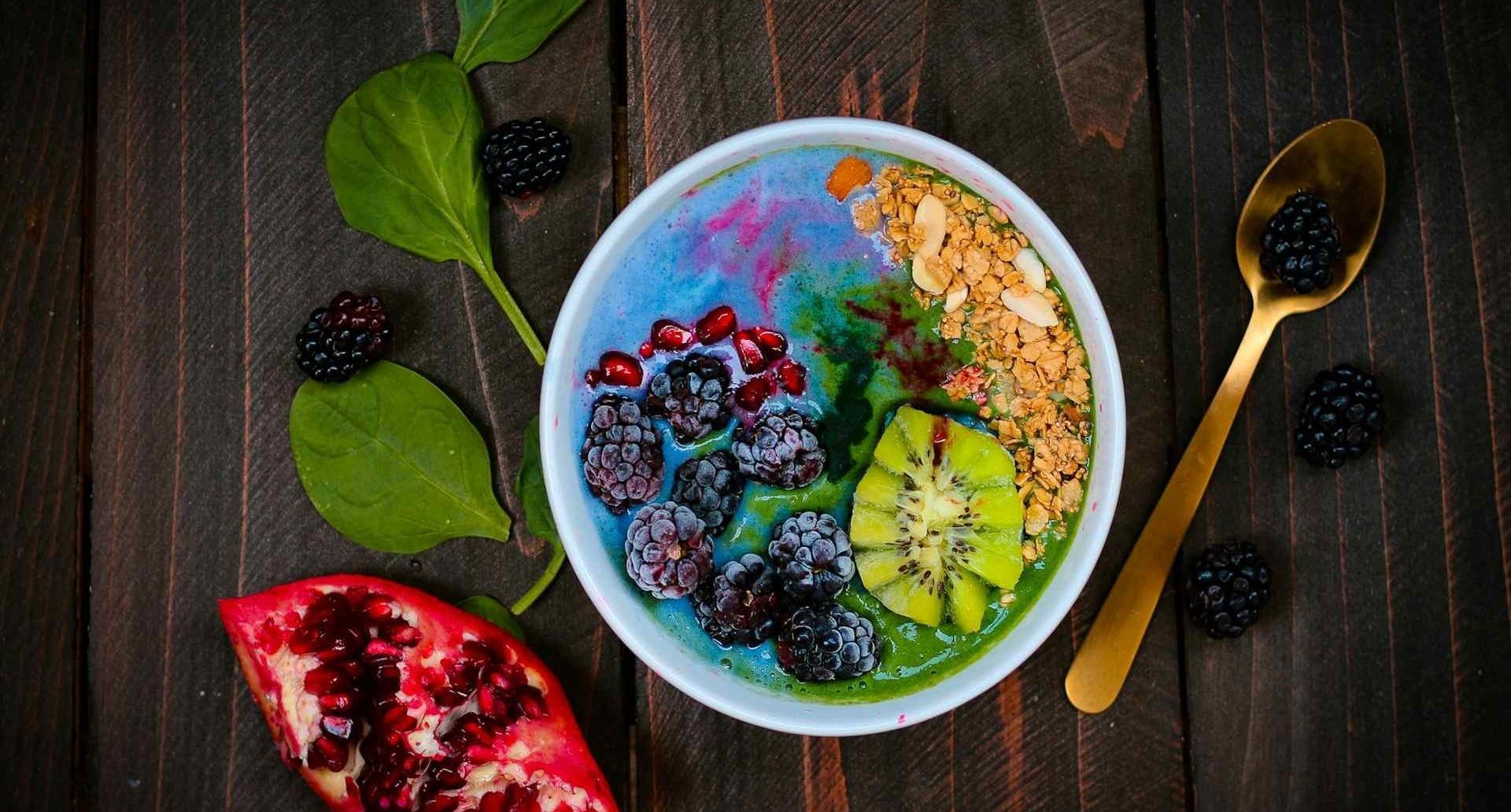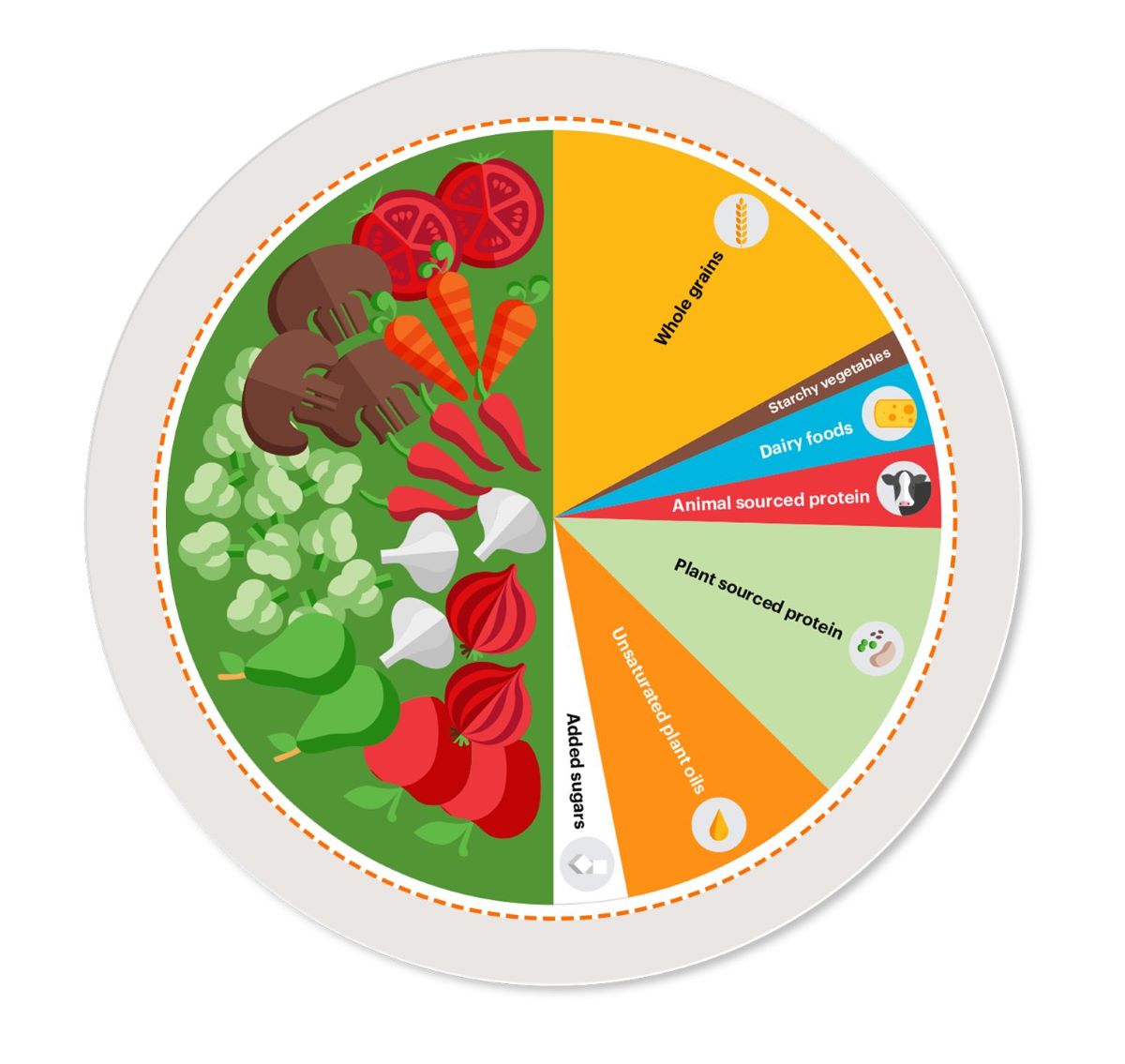
The Planetary Health Diet: Good for the Planet, Good for You
Did you know that eating healthily and eating sustainably is not the same? We present a diet that focuses on the health of both humans and the planet.
WHY WHAT WE EAT MATTERS
Food is a big part of our traditions and spare time. Sunday breakfast with a family at home or dinner with a special one in the restaurant surely means more than satisfying a need. And still food is our source of joy and energy. What we eat affects the body and mood we have. But how often do you think about the impact food has on Earth? The food itself might not be a problem, but the way it is produced.
We eat everyday and so do eight billion people around the world. By 2050, an estimated another two billion people will join the ranks of daily food consumers. According to the Food and Agriculture Organization, global food production accounts for nearly 40% of land use and 30% of total greenhouse gas emissions worldwide. Since food production exacts an enormous toll on the health of our planet, the time when we start eating not only healthy but also more sustainable has come.
WHAT IS THE PLANETARY HEALTH DIET?
37 of the world’s best scientists from various disciplines, such as agriculture, environment and public health, posed a question on how to feed the growing population within the planetary boundaries. The result is the EAT-Lancet Commission presenting a diet which combines human health and environmental sustainability.

The planetary health diet represents a flexible nutrition that can be followed no matter if you are an omnivore, vegetarian or vegan person, so that the plate of the future could look like that:
- Plant based food is the new main course: the ideal is to draw from all four plant-based food groups, vegetables and fruits, whole grains, nuts and legumes;
- Diversity is a key: the colorful choice of vegetables and fruits is encouraged;
- Animal protein is not excluded: since meat as well as seafood and dairy are good sources of protein, vitamin B12 and iron, they can stay on our plate but in a modest amount. As an example, one burger, two fish servings and one-two eggs per week.
- Using unsaturated fats: the priority should be given to unsaturated fats over refined grains, highly processed foods, and added sugars;
- No food to waste: ⅓ of all food produced is wasted. Consuming food mindfully will help to reduce greenhouse gas emissions.
REFERENCE VALUES OF THE PLANETARY HEALTH DIET
- Whole grains 230g/day
- Potatoes 50g/day
- Vegetables 300g/day
- Fruits 200g/day
- Dairy products 250g/day
- Legumes 75g/day
- Nuts 50g/day
- Beef/Lamb/Pork 98g/week
- Poultry 203g/week
- Seafood 196 g/week
- Unsaturated oils 40 g/day
- Sugar 31g/day
The diet is based on an energy intake of 2500 kcal per day, but varies depending on age, gender, and activity levels. To give you a better idea of what you might cook over the day, we recommend you to try such meals as Porridge with Fruits, Falafel Wrap with Hummus, Indian Lentil Dal, and Red Curry. For more information, please see the Planetary Health Recipes.
ADVANTAGES OF THE PLANETARY HEALTH DIET
Estimates suggest that there are approximately two billion people who are malnourished and another two billion people who are overweight. The adoption of better eating habits represents a win-win scenario for human’s health. According to the EAT-Lancet Commission, additional fiber from plant-based foods could reduce the prevalence of metabolic diseases.
“[…] the universal adoption of a planetary health diet would help avoid severe environmental degradation and prevent approximately 11 million human deaths annually” – EAT-Lancet Commission
The planetary health diet also helps to save water and reduce agricultural land use as well as greenhouse gas emissions, since plant-based diets require less water and cropland. Moreover, it can help us meet the Paris Agreement goal of keeping the global temperature below 2°C.
Highlight Image: © Kimzy Nanney via Unsplash
+ Words:
Kseniia Gavrilova
Luxiders Magazine








